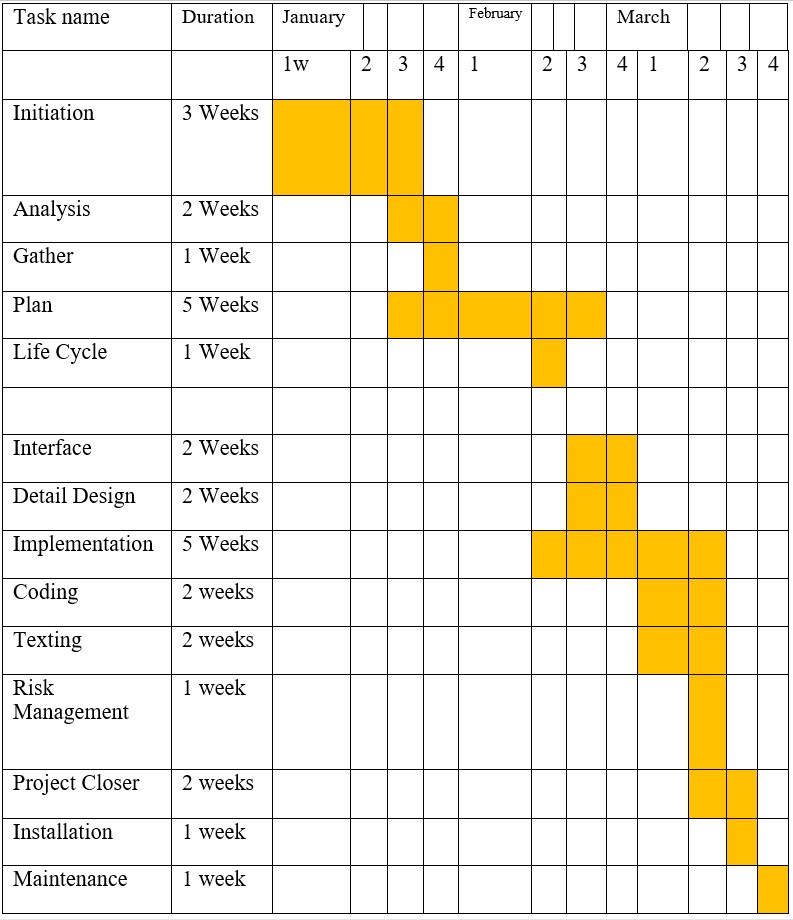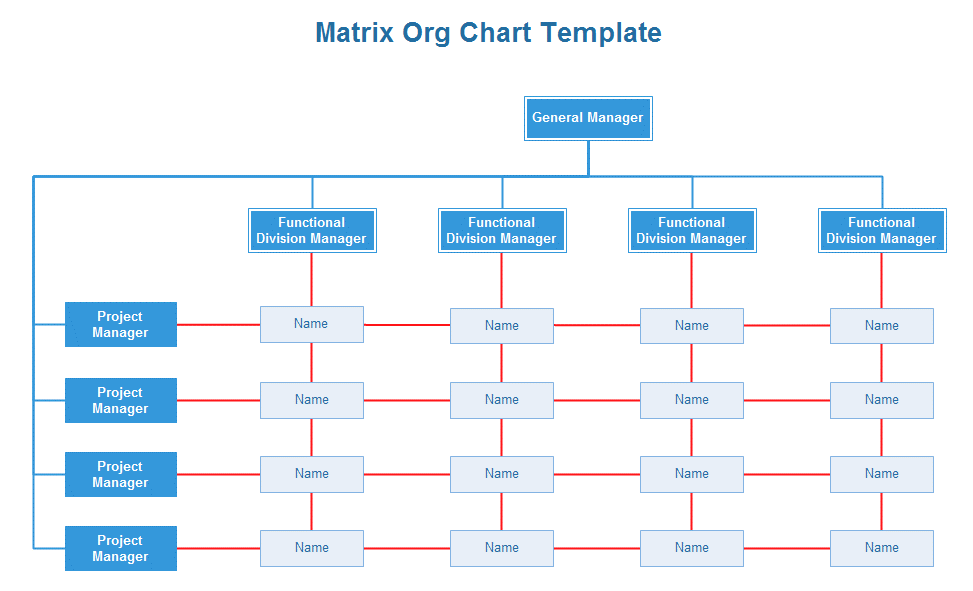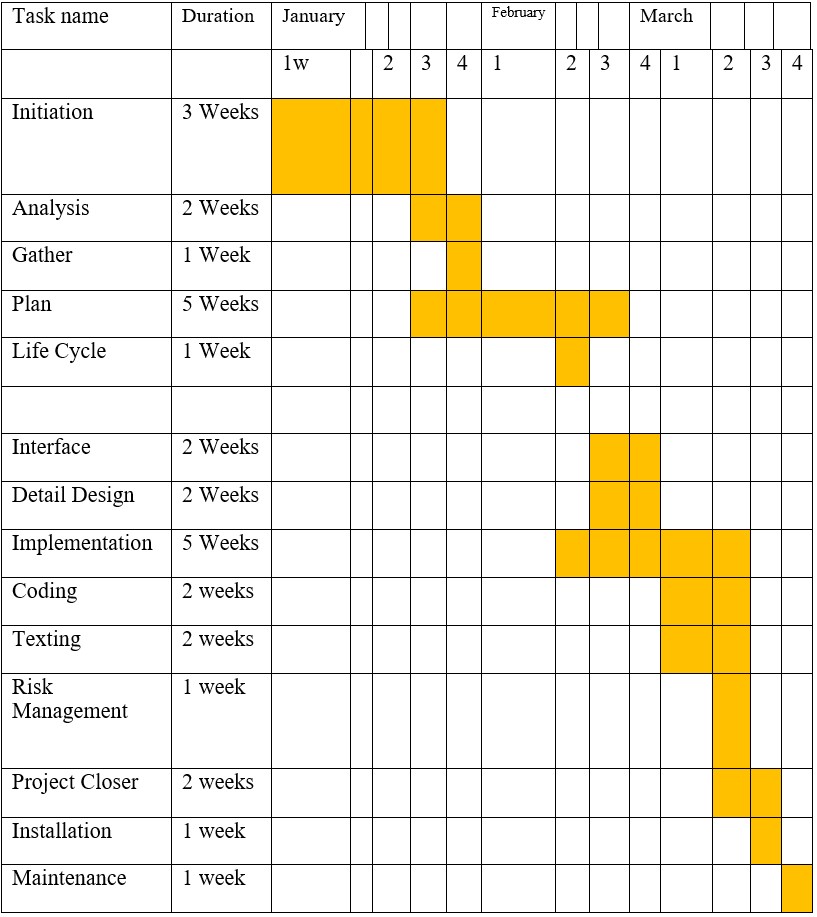Appraisal of business objectives
Manley is a family-owned home improvement specialist. It has four outlets in London and is planning on expansion. The first store opened seven years ago, followed by the second and third ones, which opened last year, and the 4th store opened last week. Several other stores are expecting to open in the next few years. The organization believes it is time to develop an information system to deliver high-quality digital service to customers. As a business, it needs to improve customer service, stock management, personnel sub-contractor management, marketing, and customer data collection.
Furthermore, Manley plans to create a loyalty program to encourage repeat customers through benefits and promotions. Natural enhancement needs to fit or beat orderly improvement. It is a significant part of the project that needs to happen as one of their strategies. The timescale purpose is vital because it is essential to complete this project on time to please customers.
This project has to finish without going above the accepted expenditures. Cost-effective sources are not frequently unlimited, and a task might totally need to stop if origins go out before finalization. If that occurred, money and effort dedicated to the project would be given up and canceled. In ideal conditions, the execution specialist can experience damage. There are many jobs where there is no instant advantage objective. Nevertheless, it is still essential to pay a suitable focus on expense expenditure, and monetary management continues to be crucial.
The reason for implementing Management Information Systems (MIS)
A management system needs to improve customer service and help manage stocks, subcontractors, marketing, customers’ data, etc.
Under this scenario, Manley’s company main objectives that other businesses may also have are the following:
Survival: a short-term goal for possibly a local business merely beginning or when a brand-new company goes into the marketplace.
Profit maximization: making a profit keeps proprietors happy; most likely, it is the objective of a smaller-sized organization whose proprietors do not wish to work extended hours.
Sales growth: where a business aims to makes a lot of sales as feasible. It might be because the supervisors think that the survival of a business depends upon being huge. A large organization could likewise take advantage of the economics of scale.
Project Sub-divisions

Initiation Phase
During the initial stages, the job goal or requirement is distinguished. It can be a service issue or opportunity—an appropriate response to the demand in a business instance with recommended remedy choices. Feasibility research checks whether each option addresses the task objectives, and finally, suggested remedy choices. This phase includes analysis, risk-taking, time frame, and source gathering.
Planning Stage
The project plan likewise prepares the team for the barriers it may run into throughout the project and helps them recognize the expense, range, and duration of the project. It is the stage that is most widely related to project monitoring. Execution is about developing deliverables that please the client. Group leaders make this occur by assigning sources and also maintaining staff members concentrated on their appointed jobs.
Designing and implementation
Execution Stage
During the third stage, the implementation phase, the task strategy is taken into motion. It is essential to preserve control as well as communicate as needed throughout the implementation. Development is continuing, and ideal modifications are made and videotaped as variations from the original plan. In any job, a job manager spends the majority of the moment in this step. During task implementation, individuals accomplish the tasks with regular team conferences. The project managers utilize the information to control the project’s direction by analyzing the development opinions with the project plan to look at the performance of the project activities and take helpful action as needed.
Coding, interface, detail system designing
Monitoring and controlling stage
Monitoring and control are often incorporated with execution since they frequently take place simultaneously. As teams perform their project plan, they need to check their very own progression regularly. To assure distribution or just what was assured, partners should keep track of jobs to avoid extent creep, compute vital efficiency signs, and track variants from assigned price and time. This consistent monitoring thoroughly aids in maintaining the project’s efficient progress.
Texting and correcting errors
Closing Phase
Teams close a project when they provide the final products to the client, relaying the necessary information on the project completion to the stakeholders and disengaging from resources. This crucial action in the project lifecycle enables the group to assess and document the project. It also allows them to move on to the next project, utilize project blunders and successes to develop more effective procedures, and produce effective teams.
Project Methodologies
The Waterfall method is one of the oldest project methodologies. This particular methodology happens in a sequence and is highly concentrated on requirements. It needs to have a crystal-clear idea of what the project demands before proceeding further. There is no room for a correction.
The waterfall method is into several stages. It needs to start through collection and analysis of requirements, identification of solutions, implementation of the resolution, and resolution of issues.
Agile is another software development-focused PM, and it emerged as a response to the failure of the Waterfall method to manage a complex project. Although Agile PM ideas had been in use in the software industry for quite a while, it formally came into being in 2001, when several IT representatives released the “Agile Manifesto.”
In approach and ideology, Agile is the opposite of the Waterfall method. As the name implies, this method favors a fast and flexible system. There is no top-heavy requirement-gathering. Instead, it is iterative with small incremental changes that respond to changing requirements.
Feasibility of a project
In simple terms, a feasibility study involves making a judgment call on whether a project is doable. A well-designed study needs to offer a historical background of a business or a project, a description of the service or product, an accounting statement, details of operations and management, marketing research and policies, financial data, legal requirements, and tax obligations. Usually, such studies come before technical development and project implementation.
Legal feasibility checks out if the recommended program conflicts with legislation like data protection attributes or social networking guidelines.
Economic feasibility allows firms to review the stability, price, and benefits linked with jobs before the money is assigned. It likewise includes a specific project analysis and also boosts project stability as an outcome.
Task2

The entire point of a project is to produce deliveries of some sort, and the execution phase is where this happens. The results provide feedback to the people responsible for the program to be updated to reflect the progress. The helpful supervisor takes care of the valuable part of the job. He may decide on the best ways to do the job and disperse the juniors’ task work. The task manager will oversee the task by figuring out what to do, following up on the timetable, examining the work efficiency, etc.
Reason for the matrix structure
Highly skilled and qualified sources can be shared between the functional units and projects, enabling even more open communication lines that assist in sharing helpful understanding within the organization. The matrix structure is dynamic than the valuable format because it allows workers to interact quicker throughout the boundaries, developing a great, cooperatives work environment that assists in incorporating the company.
Workers can widen their abilities as well as knowledge areas by participating in different types of tasks. The matrix structure supplies a perfect setting for specialists to learn and expand their job.
Project Manager
Role: The person responsible for delivering the project. The Project Manager, after that, guarantees that the project is delivered promptly to budget and the required top-quality standard. Project managers ensure that the project is efficiently resourced and manage relationships with a wide range of teams.
Responsibilities of team managers
l Designing appropriate project management standards for incorporation
l Handling project range and change control as well as escalating issues where required
l Planning and monitoring the project
l Preparing and maintaining the project, stages, and exception plans as required
l Managing project analysis and dissemination activities
l Interpretation and administration of the Customer Acceptance Testing program
l Applying the change control and configuration management process
l Conducting a project evaluation review
l Managing project administration
l Preparing any follow-on action recommendation
Project Team Member
Project team members are the individuals who work on one or more phases of the project. They may be part-time staff or external consultants working on the project on a full-time or part-time basis. Team member roles can be different according to each project. Team members are selected because they have specific abilities that are called for to finish project tasks. Examples consist of professionals in organizations, technological techniques, or an outside supplier. The employee’s role is to effectively execute the studies, keeping the project manager informed of progress and any issues that may arise.
l Contributing to overall project objectives
l Completing individual deliveries
l Providing expertise
l Working with users to set up and meet business needs
l Documenting the process
Project Plan
Step 1
The company develops its project plan for the Management Information System project. The first step is identifying Project Goals. The main goals of the project are as follows:
- Gathering information concerning the company that has offered financial backing to the project
- Obtaining information regarding the company, individuals, as well as area offering, necessary manufactures, devices, resources, proficient workforce
- Acquiring required information regarding the various systems, below systems, different companies, and developing unity amongst staff members.
- Obtaining information in general, especially information essential for prep work functioning routine the assignment of tasks, authorities, and the obligation of the individuals who to execute functions of the project.
- Obtaining information regarding the jobs and issues under the project management.
Step 3: Project schedule

The initiation phase is where all projects should begin. It decides on why the project requires and what is needed for the project. The stage starts by identifying the purpose of the project.
The planning phase involves making plans to help guide the team through the execution and closure phases of the project. The programs designed during this phase will recommend cost management, time, risk, and issues.
The introductory phase represents the work done to see the required amount of work and fulfill the charter. The project team sets up the work defined in the plan when the project factors change. The project manager uses this information to keep power over the project’s direction by analyzing the development options with the project plan to look at the performance of the project activities and take helpful action as needed.
The closure phase is the final phase of the project lifecycle. It is the stage where all deliveries are finalized and formally transferred, and all documentation is signed off, approved, and achieved.
Project quality is defined that can perform satisfactorily and is suitable for its intended purpose. If you build an excellent process or product that does not fit the goal, it is not ideal for its idea, and it means that the project has failed to achieve its quality objectives.
Project risk is a threat that could or may not happens yet can impact a project’s result if it were to occur. Threat administration consists of evaluating the threat and developing risk management that intends to recognize and connect just how the team will react to risky events.
Project team structure: Mixed control team organization
It is very prominent in several growing businesses. Usually, human psychology makes individual satisfaction in everything he develops, utilizing original thinking. Software advancement requires initial review, too, although of a different kind.
Task 3
Program Evaluation Review Technique (PERT) is an item used in project planning. It helps to identify the start and end dates. PERT identifies project planners from the start and end dates. The anticipated total required completion time, all activities, referred to as events on the chart, impact the completion time, the required sequence of events, and the probability of completion by a specific date.
Limitations of PERT
- Activity times are not independent.
- The approximations of activity duration mean and variance can deviate significantly from reasonable and accurate approximations of the underlying activities.
- It cannot effectively arrange situations in which projects share available resources.
- It fails when there is a difference in the sequential relationship between project activities.
- It needs much information as input to generate an effective plan.
Quality Management Process
Project quality management controls the procedures needed to ensure that the project will undoubtedly meet the needs. It uses all tasks of the overall control function that determine the regular strategy, objectives, and obligations. Adhering to locations is a massive part of the project cost procedure.
Quality Planning reviews the basic project and commonly offers assurance that the project will undoubtedly fulfill the applicable first-class requirements. The best high-quality control method results in quality assurance measurements; reliable information is the details of this procedure and quality improvement, which are the outcomes from the guidelines.
Quality control checks the specific project results to establish whether they conform with appropriate top-quality requirements and recognize methods to remove causes of poor performance.
Managing Project Change Proposals
A project change proposal is a request to make a change to the project is received.
Request those if they have any suspecting aspect, such as a quote to obtain even more IT devices or testimonials from designers that may assist the evaluation study.
Update the changelog
The changelog should be the most accessible document, where modifications and tasks to assess adjustment. Identify this newest need.
Assess the change
It is valuable to assess all modifications versus the very exact requirements. The most crucial objective of the analysis is to select whether to concur with to or reduce the change.
Perform a project appraisal
Project appraisal is the procedure and analyzing and asking for recommendations before resources are devoted. It is an essential system for significant activity in team recovery. It is a means by which connections can choose the critical tasks to help them achieve what they want for their team. However, the appraisal has been a way to acquire uncertainty and problems for functions previously. Audits of single project cost variety methods have described issues about the style and service of project appraisal methods.
Manage Challenges
Geographically dispersed project teams
As outsourcing jobs and overseas growth increase, job supervisors and executive administration must integrate their jobs throughout numerous time zones. A business that handles an asynchronous procedure well stands out over its rivals.
Using the wrong tool for the job
A task supervisor might email Microsoft Project data to share job info with the group. In some cases, the task supervisor will positively be speaking with the executive regarding a job. Twenty minutes right into the discussion, they will discover that they are both watching various variations of the task.
Issues and risks of the final stages of a project
- Modern technology components are of inadequate quality.
- Innovation parts typically are not scalable.
- There is a high turnover rate.
- Energetic, in-depth task preparation explains purposes.
- Normal re-estimation assists assets in enhanced strategies to make up adjustments in chance without much extra time.
- Efficiency setting helps extraordinary programmer effectiveness, fantastic motivation together with upkeep.
Project tasks of final stages
Under system testing, they identify threats like coding errors, designing errors, etc. Also, they use the following testing methods to identify those errors
- Unit testing
- Acceptance testing
- System testing
- Stress testing
- Stress testing
Installation and maintenance
The project team should deliver the project to the client before it gets installed. The project manager should confirm the project from the client, and only after the confirmation can they install the system. They should deliver a user manual for the client and continue the maintenance of the project.
References.
Extension.iastate.edu (2017). What is a feasibility study? (online) Available at http://extension.iastate.edu (Accessed 19 October 2020)
Wrike (2020) How to write a project plan in 8 easy steps (online) Available at http://write.com (Accessed 19 October 2020)
Villanova University (2020) Project team roles and responsibility (Online) Available at http://villanova.com (Accessed 19 October 2020)
Department of Finance (2020) Roles and Responsibilities of the project manager (Online) Available at http://financenigov.uk (Accessed 19 October 2020)
Workamajig (2020) The definitive guide to project management methodologies (Online) Available at http://workamajig.com (Accessed 19 October 2020)
Simplilearn (2020) Feasibility Study: Types and importance in Project Management (Online) Available at http://simplilearn.com (Accessed 19 October 2020
